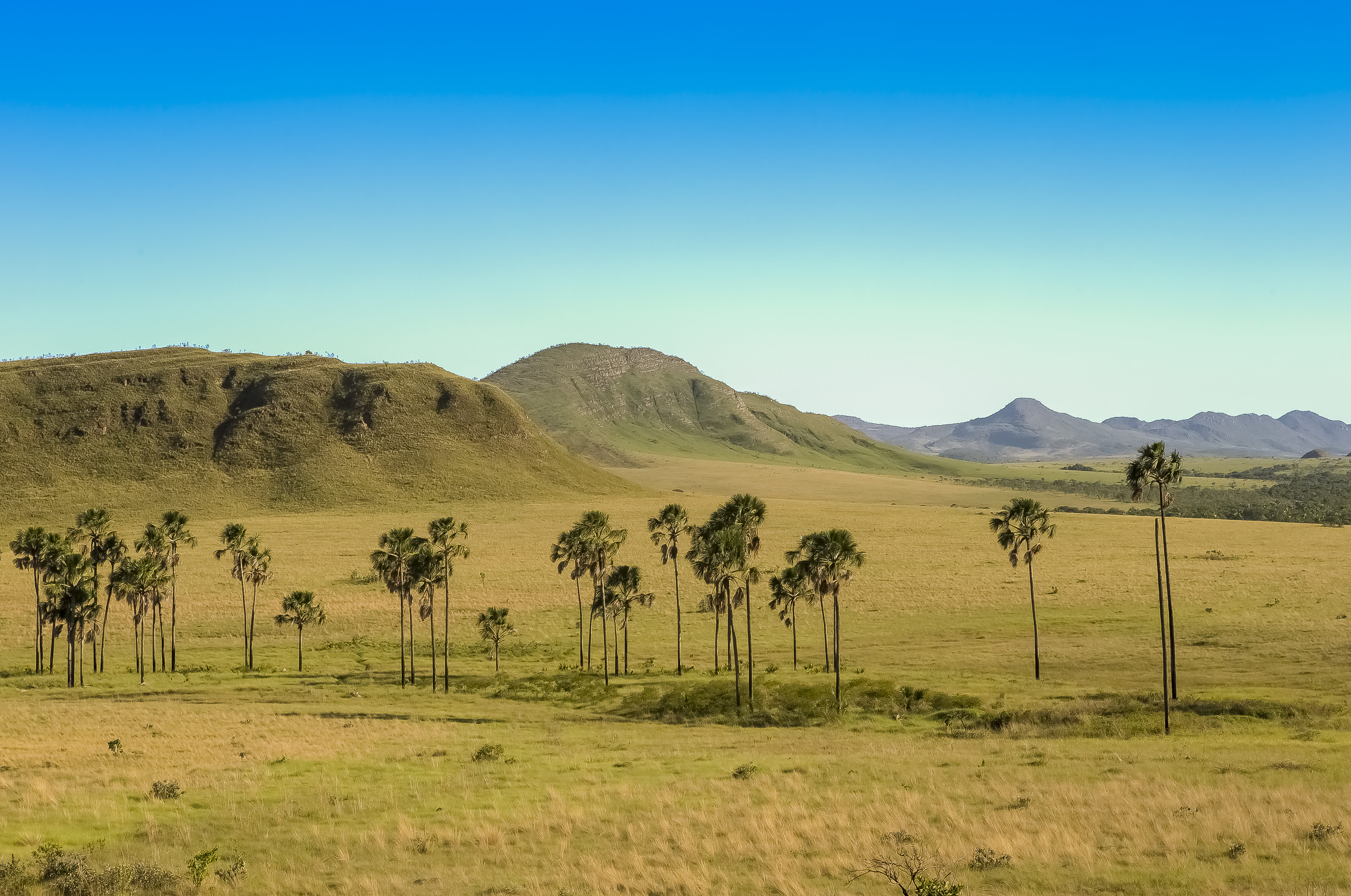|
Areias River (Goiás)
The Areias River is a river of Goiás state in central Brazil. Part of the Paraná River watershed, its source is located near the Serra dos Pirineus, and flows into the Corumbá River. Its approximate length is sixty miles. It passes through the municipalities of Corumbá de Goiás, Cocalzinho, Águas Lindas, Santo Antônio do Descoberto and Alexânia. The river was a major supplier of sand for the construction of Brasília, where extensive dredging and silting increasing the rapids, thus negatively interfering with his aquatic life. Fish The main fish found in its waters are piau, pacu, piapara, tubarana, golden Timburi, minnows, piabanha, Pirapetinga, catfish etc. The banks were composed by woods, and still has some well preserved vegetation, although many areas were turned into farms and pastures. Its main tributaries are the Macacos River (Paraná), Macacos River, Posses River, Barreiro River (Paraná), Barreiro River, Antinhas River, Água Fria River (Paraná), Água Fri ... [...More Info...] [...Related Items...] OR: [Wikipedia] [Google] [Baidu] |
Goiás
Goiás () is a Brazilian States of Brazil, state located in the Central-West Region, Brazil, Central-West region. Goiás borders the Federal District (Brazil), Federal District and the states of (from north clockwise) Tocantins, Bahia, Minas Gerais, Mato Grosso do Sul and Mato Grosso. The state capital is Goiânia. With 7.2 million inhabitants, Goiás is the most populous state in the Central-West region and the List of Brazilian states by population, 11th most populous in the country. It has the List of Brazilian federative units by gross regional product, ninth largest economy among Brazilian federative units. In Brazil's geoeconomic division, Goiás belongs to the Centro-Sul (Center-South), being the northernmost state of the southern portion of Brazil. The state has 3.3% of the Brazilian population and is responsible for 2.7% of the Brazilian GDP. The history of Goiás dates back to the beginning of the 18th century, with the arrival of pioneers from São Paulo. The Rio Verm ... [...More Info...] [...Related Items...] OR: [Wikipedia] [Google] [Baidu] |
